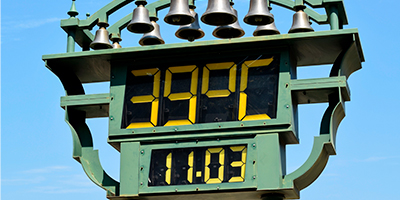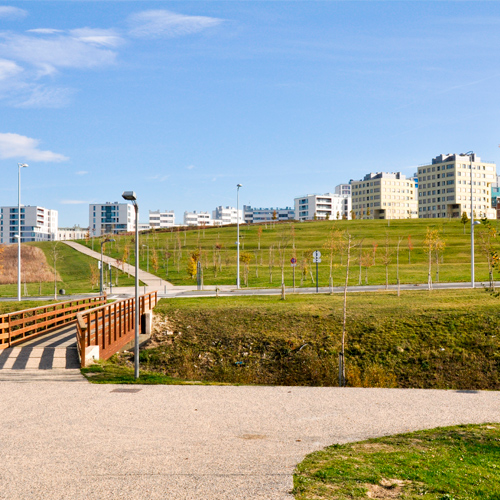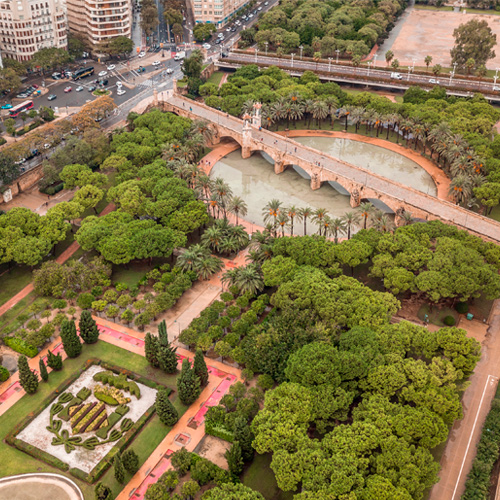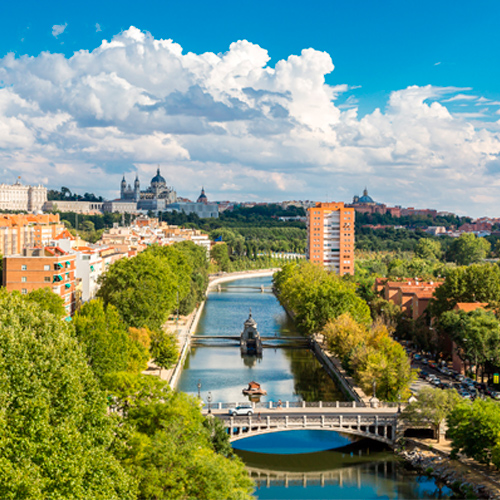Smart Cities
Smart Cities
Do you know Smart Cities? At Repsol we tell you about these cities 4.0 that use technology to promote sustainable development in the most efficient manner and improve the quality of life of its citizens.











